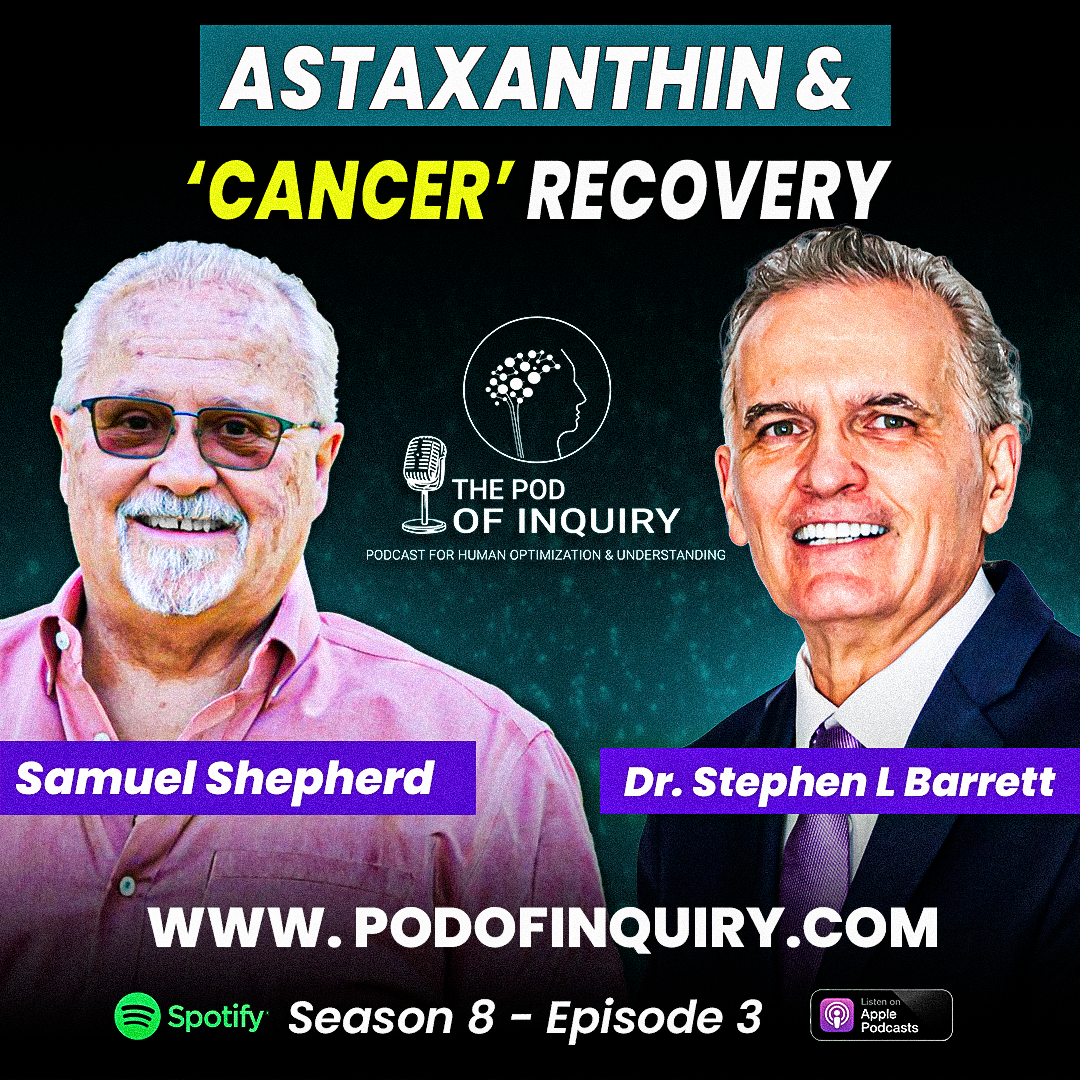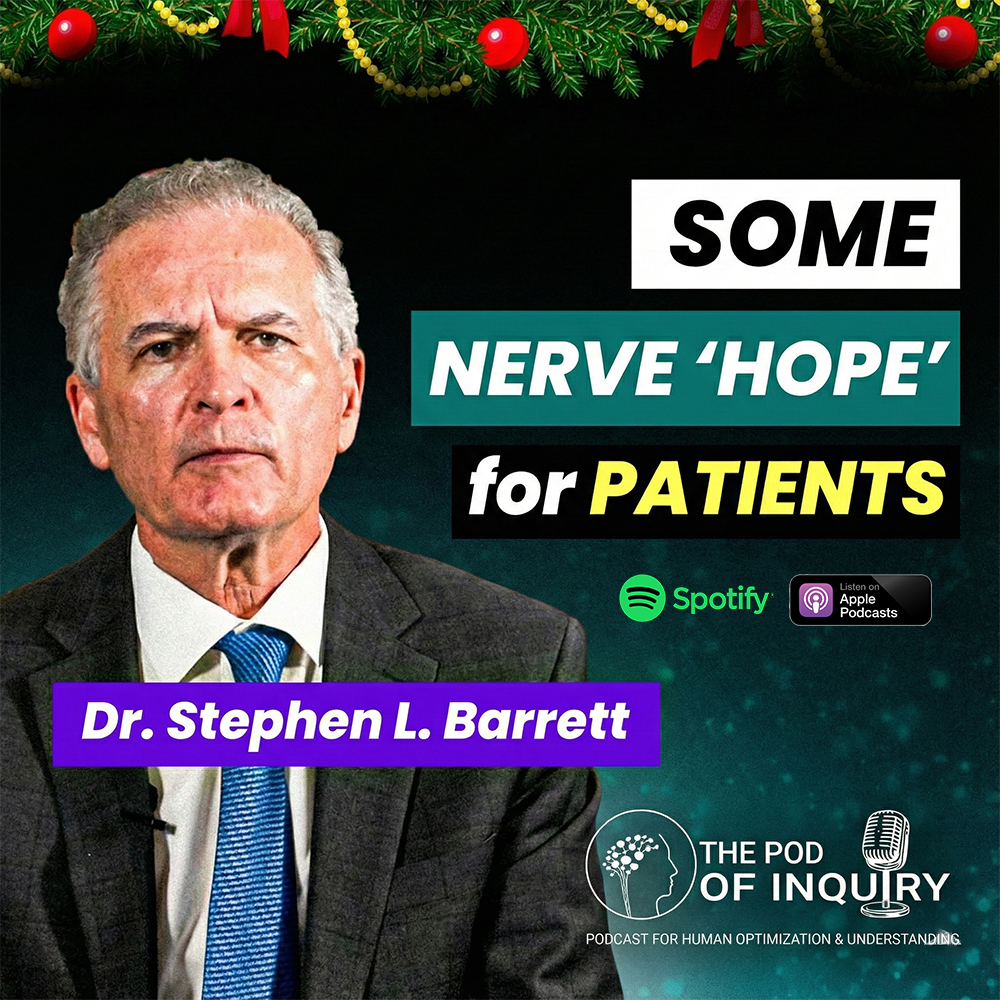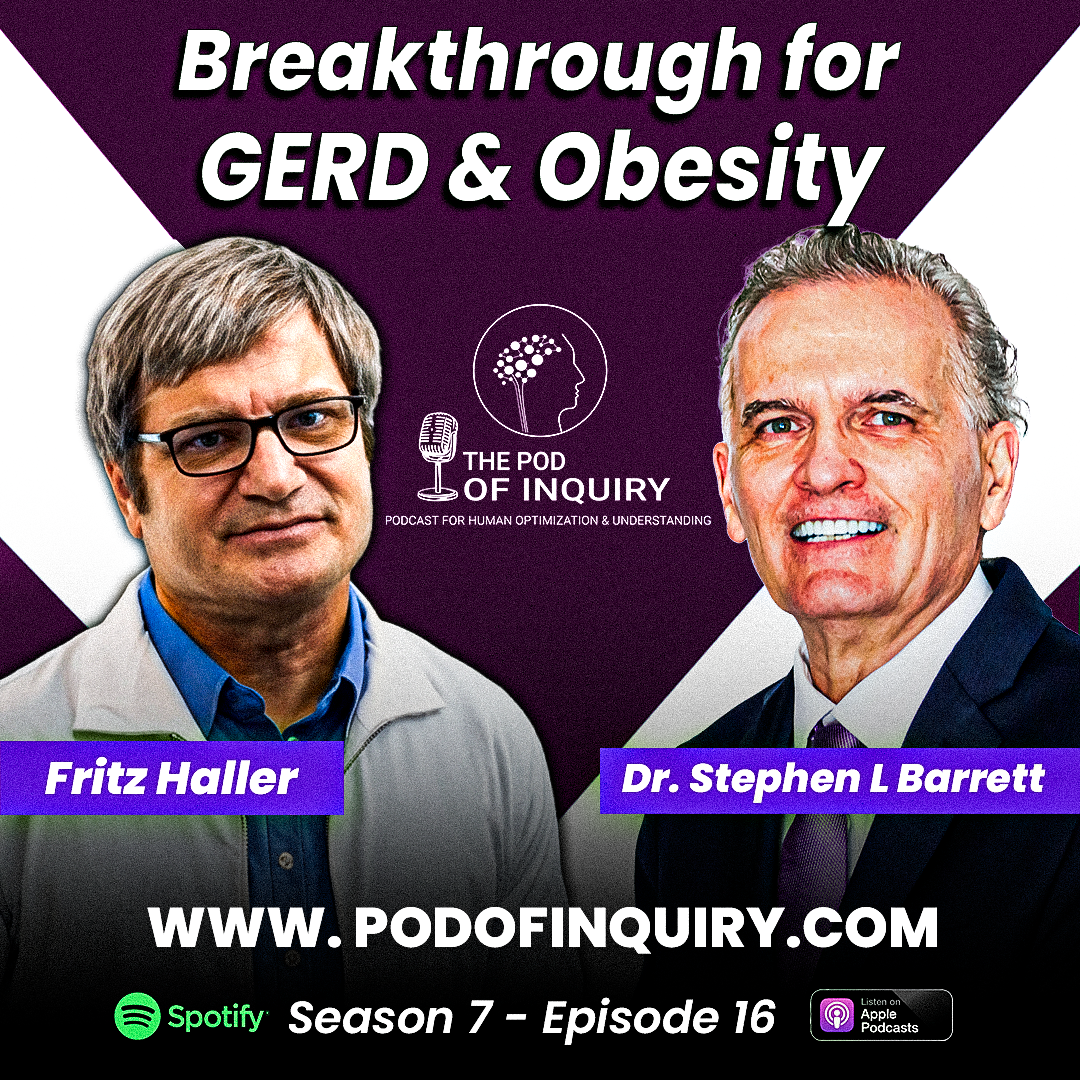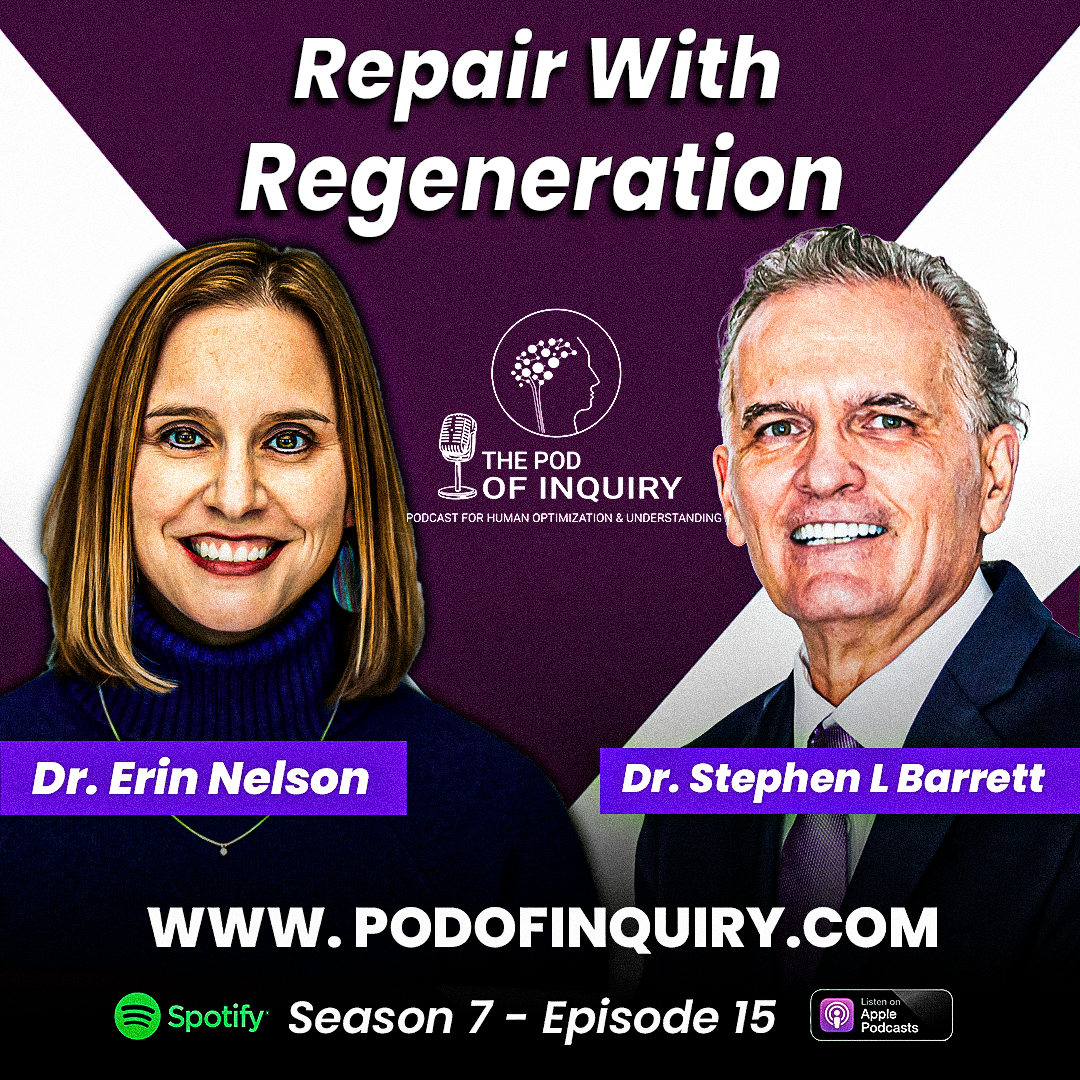We have an insightful new episode for you on an important health topic – preventing recurrent diabetic foot ulcers. This is a continuation of last week’s interview.
Joining us are two leading experts in this field, Dr. Scott Nickerson and Dr. Sonny Yamasaki. They’ll be sharing their valuable perspectives and evidence-based guidance on:
- Understanding the risks and complications of diabetic foot ulcers
- Key strategies for preventing ulcer recurrence after healing
- The role of peripheral nerve surgical decompression
- When advanced treatments like surgery may be recommended
Diabetic foot ulcers are a major cause of morbidity, yet research shows recurrence is common after healing. Don’t miss this opportunity to learn from Dr. Nickerson and Dr. Yamasaki as they discuss the latest clinical approaches for breaking this cycle.
Their insightful discussion provides a comprehensive look at this critical issue facing many diabetes patients. Tune in now for expert advice that could help avoid serious complications.
We welcome your questions and feedback on this important topic.
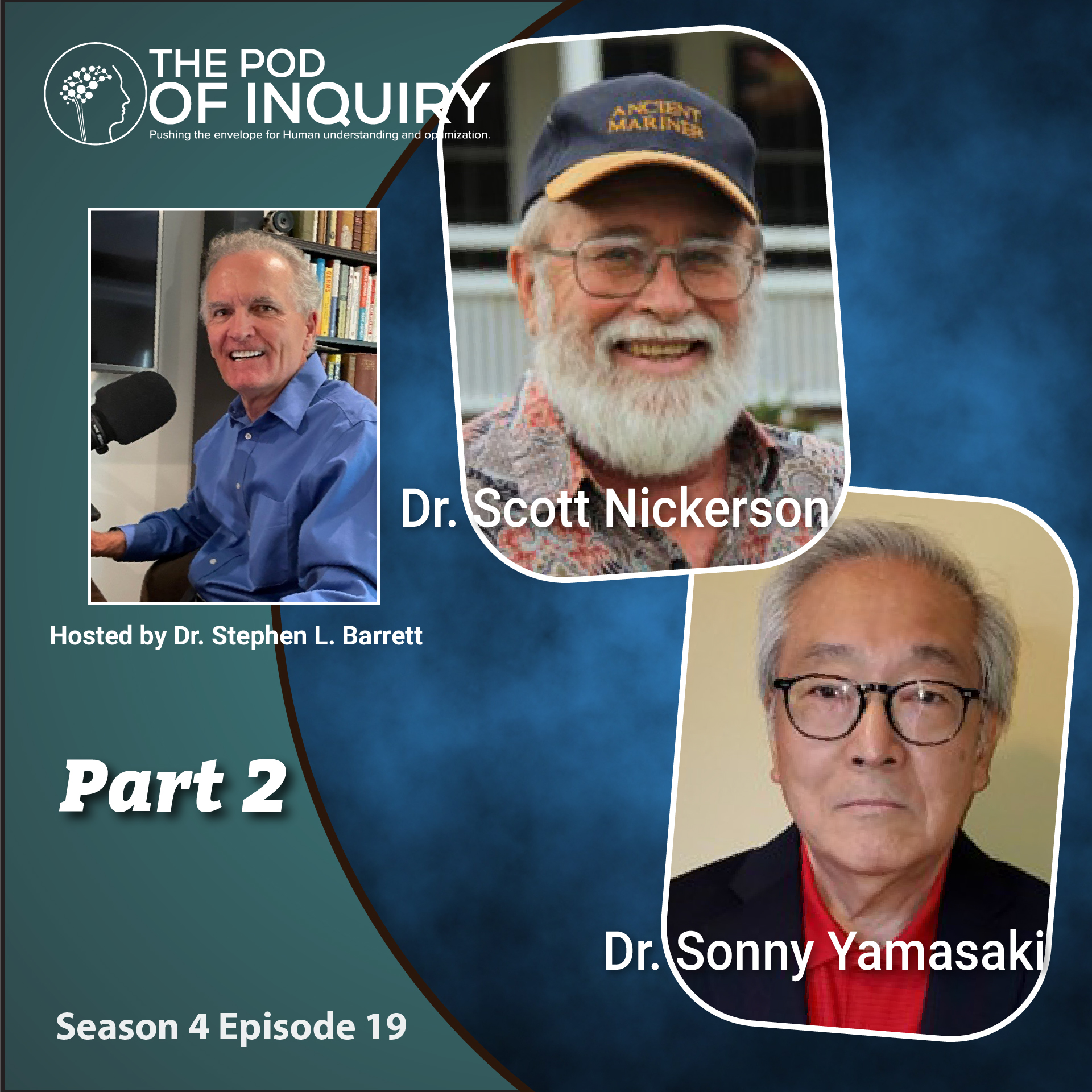
Watch The Podcast for Podiatrists
Listen to The Podcast for Podiatrists
Also available on
Show Notes from this episode
Dr. Nickerson is an orthopedic surgeon who practiced in rural Wyoming for 20 years until diabetic neuropathy complications forced his early retirement. Soon thereafter the option of treating neuropathy complications of diabetes and Hansen’s disease as being in part a nerve compression was being suggested. He became interested in this approach to providing partial reversal of these neuropathy complications and risks and has been studying, writing scientific articles, and participating in neuropathy research for the past two decades. His situation of being a careful and competent clinician and an attentive observer of the progression of his own neuropathy gives him a special perspective.
Explaining this revolutionary surgical approach for neuropathy to patients, practitioners, surgeons and academics is his continuing commitment. Dr. Nickerson plans, promotes, and participates in academic conferences, patient care and research projects to define the place of nerve decompression surgery in preventing and treating neuropathy complications.
Dwayne S. Yamasaki, PhD is the President and Co-founder of Enso Medical Technologies, Inc. He is a graduate of the Rutgers Medical School (now Robert Wood Johnson Med. Sch.) and UMDNJ- Graduate School of Biomedical Sciences. He is a neurophysiologist who studied recovery mechanisms of injured cerebral cortex in the visual and oculomotor systems of awake, behaving, non-human primates. He conducted this research as a Postdoctoral Fellow, and later Scientific Staff Fellow at the National Eye Institute, NIH; and as Assistant Professor at the Univ. of Wisconsin Medical School, Madison. In his corporate career he was a Technical Fellow and lead stroke expert for Medtronic PLC for 17 years.
Summary
- Nerve decompression surgery for diabetic peripheral neuropathy. 0:00
- Dr. Barrett introduces the podcast and its purpose of empowering listeners with knowledge.
- Dr. Nickerson shares his personal experience with diabetic peripheral neuropathy and nerve decompression surgery.
- Decompression surgery improves cutaneous blood flow and reduces neuropathy in diabetic foot ulcers.
- The speakers discuss the effects of nerve compression on microcirculation and potential treatments.
- Decompression surgery for neurological conditions, including potential mechanisms and outcomes. 8:23
- Dr. Yamasaki explains that nerve decompression may improve endothelial cell function over time, but not immediately.
- Dr. Yamasaki and Dr. Nickerson discuss the potential mechanisms of decompression therapy, including nitric oxide release and improved autonomic function.
- Dr. Nickerson and Dr. Yamasaki discuss the potential benefits of using lidocaine to improve the function of the autonomic nervous system.
- They suggest that the improved vascular flow may be responsible for the observed changes in nerve function, rather than any occult neurological effect.
- Nerve decompression for diabetic foot ulcers and pain relief. 14:51
- Dr. Barrett and Dr. Yamasaki discuss the use of deep decompression for treating chronic neck and back pain, with Dr. Barrett highlighting the importance of understanding the underlying physiology of the condition.
- Dr. Barrett and Dr. Nickerson found that nerve compression reduces diabetic foot ulcer recurrence risk to under 2%.
- Dr. Nickerson discusses study on nerve decompression for diabetic peripheral neuropathy pain relief, including contralateral pain improvement.
- Spinal cord anatomy and its relation to pain perception. 23:21
- Dr. Yamasaki discusses the spinal thalamic system and its bilateral projection to the reticular formation for pain relief.
- Dr. Yamasaki discusses the potential for neuro peptides to mediate perception of pain in one extremity, even after pain has been alleviated in the other.
- Diabetic foot ulcer recurrence risk and nerve decompression. 28:14
- Dr. Nickerson wonders if nerve decompression limited by spinal cord level, leading to increased recurrence risk.
- Dr. Nickerson and Dr. Yamasaki discuss the results of a study on the effectiveness of a sham procedure for chronic pain, with interesting implications for the gait theory of pain.
- Gate theory and its application in pain management. 33:20
- Dr. Nickerson and Dr. Yamasaki discuss the bilateral system and its relationship to pain pathways, with a focus on the placebo effect and the brain's role in pain perception.
- Dr. Nickerson and Dr. Barrett discuss a study on the etiology of pain, with Dr. Nickerson mentioning that Shai sent the study to four journals but couldn't get any takers.
- Dr. Yamasaki shares a personal anecdote about meeting Ron Melzack, one of the discoverers of the gate theory, and how it has stuck with him over the years.
- Using neurostimulation to treat peripheral neuropathy. 39:06
- The speakers discuss self-experimentation with neurostimulators in the suborbital foramen.
- Dr. Barrett and Dr. Nickerson discuss the potential benefits of using platelet-rich plasma (PRP) therapy for diabetic peripheral neuropathy, despite the lack of mainstream acceptance.
- The speakers suggest that the data supporting PRP therapy is so extensive that it would be difficult for neurology or endocrinology to dismiss it, and they hope to diffuse the information to those who haven't seen it before.
- Patient selection for nerve surgery, importance of evaluation. 43:26
- Dr. Yamasaki and Dr. Nickerson discussed their experience with publishing a paper in a medical journal, highlighting the speed of the publication process and the interest expressed by the editor-in-chief.
- Dr. Yamasaki asked Dr. Barrett, about his thoughts on the simplicity of the procedure and the importance of the surgery, with Dr. Barrett expressing appreciation for the work done by Dr. Yamasaki and Dr. Nickerson.
- Dr. Yamasaki and Dr. Nickerson discuss patient selection for nerve surgery, emphasizing the importance of evaluating psychological issues and neurological function.
- Patient education is key to successful outcomes, as patients must understand the process and be invested in additional treatments.
- Optimizing patient selection and technique for decompression surgery. 48:11
- They emphasize the importance of optimizing patients from a metabolic standpoint, in addition to nerve decompression.
- Dr. Nickerson expresses interest in virtual participation options for the annual meeting due to mobility issues.

